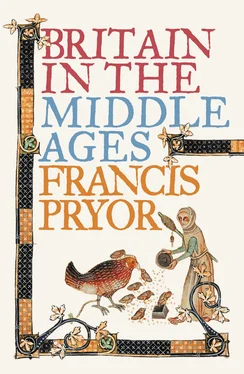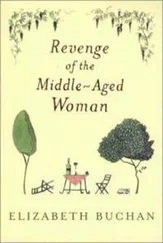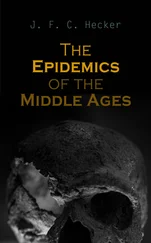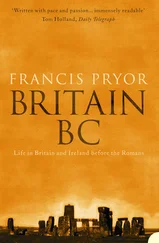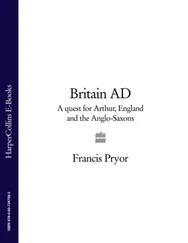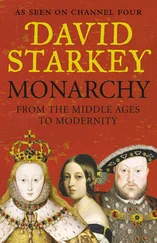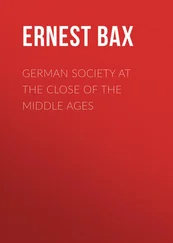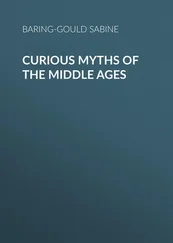1 ...7 8 9 11 12 13 ...22 The principal exponent of the new approach is Michael McCormick, Professor of History at Harvard University, whose huge new book will take most people some time to assimilate. 14 I won’t attempt a summary of its 1,101 pages, but some of his conclusions are directly relevant to our story. We will shortly be discussing trade in greater detail, but to understand what was going on we have to look at the bigger picture, because trade cannot take place in a vacuum. People trade with each other not just because they need what others can supply, but because they have the means to do so and have established reliable lines of communication. Trade and communication are inextricably linked. Professor McCormick has shown that sometimes the communication can take place over very long distances indeed.
McCormick’s reconstruction of trade in the fourth to the ninth centuries is based on a number of sources, but especially on an exhaustive study of Mediterranean travellers’ records, findspots of Arab and Byzantine coins, and ship movements in the Mediterranean Sea, which in turn are based on contemporary records such as customs registers. These sources have provided a huge amount of information on the way that people and ships moved around Europe, and McCormick fully acknowledges that many Arabic records have yet to be tapped.
Europeans have a tendency to regard Europe as the wellhead from which all culture springs, following the flowering of Classical Greece in the fifth and sixth centuries BC. The modern concept of ‘the West’ is of a culture which is entirely European and essentially self-generated. The one or two acknowledged non-European influences, such as Christianity, are the exceptions that prove the rule. This Europe-centred world view is dangerously flawed, one-sided and misleading. Currently the Muslim world is seen by some as being in direct opposition to the West. It is viewed as having different attitudes to democracy, women’s rights and the relationship of Church and state. Laying aside the validity or otherwise of these modern perceptions, it might be helpful to show how the early flowering of culture and science in the rapidly expanding Muslim world played a significant role in fostering the development of early medieval Europe. The cultural traffic has by no means been in one direction only. But first, some essential dates and facts.
The Prophet Mohammed (the name means ‘praised’ in Arabic) was born sometime around 570 and died in 632. The Muslim or Arab Empire expanded rapidly between the year of the Prophet’s death and 650. 15 From the mid-seventh to the mid-eighth century this vast empire was ruled by the Umayyad dynasty from their capital in Damascus, Syria. They were considered impious and tyrannical by many – especially in Iraq – and were replaced in 750 by the Abbasids, whose capital was in Baghdad. The Abbasids claimed direct descent from the Prophet, via his uncle Abbas. The Shi’ites disputed this claim, holding that true direct descent could only be via the Prophet’s daughter Fatima and her husband Ali.
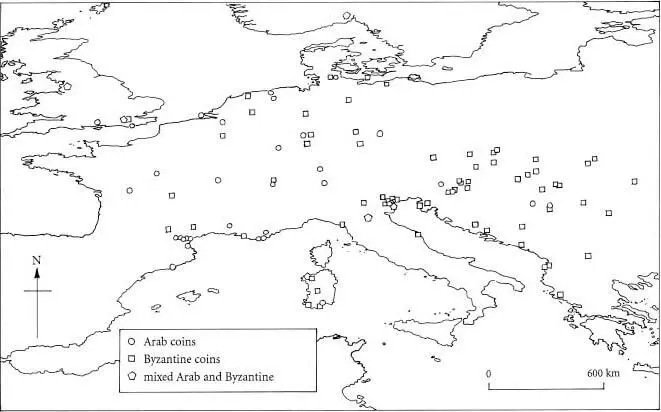
FIG 4 Distribution of Arab and Byzantine coins in Carolingian (750–900) Europe. Some of the findspots contained more than one coin. The findspot in north-west England is the Viking hoard from Cuerdale, Lancashire, which included many Arab and Byzantine coins .
The sheer scale of the cities of the early Islamic Empire dwarfs anything in contemporary Europe. We still do not know the precise size of Baghdad under the Abbasids, because no accurate survey exists, but it was probably in the order of seventy square kilometres. 16 Their royal city at Samarra, 125 kilometres north of Baghdad, has been described by Alastair Northedge as the largest archaeological site in the world. It was built and occupied for less than a century, yet its streets and houses covered a staggering fifty-eight square kilometres after only twenty years. Although now entirely deserted, it is still visible from the air, where mile after mile of carefully-laid-out gridiron streets can clearly be seen. Within the city were hunting reserves, racecourses and gardens. There were also numerous palaces, one of which was approached by a massive processional way, perhaps resembling The Mall in London.
The rulers of the Muslim world were known as caliphs (from the Arabic khalifa: ‘deputy of God’), and the caliphate of the great Abbasid, Harun al-Rashid, who ruled from 786 to 809, and who features in the Arabian Nights , was truly vast. It extended from modern Tunisia through Egypt, Syria, Iraq, Iran and what was once Soviet Central Asia. Oman, Yemen and much of Pakistan were also within his power. This great empire was no flash in the pan. Harun’s capital Baghdad was the largest city in the known world, and spread for miles on either bank of the Tigris. By this time the early internal conflicts within the Muslim Empire had been resolved. We know that Harun was in contact with Charlemagne, because he gave him, among other things, a superb and highly decorated enamel water jug on the latter’s coronation by the Pope in Rome in the year 800. During this time the Caliphate and Byzantium were in almost permanent conflict. Harun’s son, al-Ma’mun, who eventually succeeded him and ruled from 813 to 833, was an enlightened ruler, a great builder and supporter of science and the arts. But following Harun’s death, Baghdad and the Caliphate began to be plagued by civil war. Baghdad itself eventually fell to Shi’ite attacks in the mid-tenth century.
McCormick (following the work of earlier Belgian historians) has shown that trading contacts with the thriving economic, cultural and scientific world of the Caliphate played an important part in the development of Europe, most of which was under the control of Charlemagne’s Carolingian Empire (about 750–900). It was contact with the Caliphate and Byzantium (once the eastern Roman Empire) that helped to kick-start early medieval Europe following the disruption caused by the collapse of the western Roman Empire. Westerners tend to think of the Carolingian Empire as huge and magnificent, but it would have appeared less significant and perhaps somewhat peripheral to someone like Caliph Harun. It was the Carolingian Empire which ultimately fuelled the growing trade around the southern North Sea.
Slaves, many of them from Britain and mostly captured on military campaigns, were the principal ‘commodity’ exported to the Arab Empire. The trade had been very brisk between 650 and 750, but received a boost when sometime around 750 the Caliphate suffered an attack of bubonic plague. European traders from Venice, Byzantium and the Carolingian Empire filled the gap in the Arab labour market. The scale of this trade was truly remarkable:
The last five decades of the eighth century were also the era when the Carolingian conquests could well have flooded the market … through the capture of large numbers of war slaves … As the slaves flowed out in these final decades of the eighth century, Arab coins, eastern silks, new Arab drugs, and old eastern spices surged into Italy. The slave market fuelled the expansion of commerce between Europe and the Muslim world. 17
The new vision of early medieval Europe differs profoundly from the existing ‘conventional wisdom’. As McCormick puts it, this is a Europe
which is not the impoverished, inward-looking, and economically stagnant place many of us learned about in our student days. On the contrary, in its origins, Europe’s small worlds came to be linked to the greater world of Muslim economies … These links were perhaps more modest compared with what had once existed [in Roman times] and with what would develop … but they were real and, in economic terms, they counted, especially given Europe’s small scale. 18
Читать дальше
